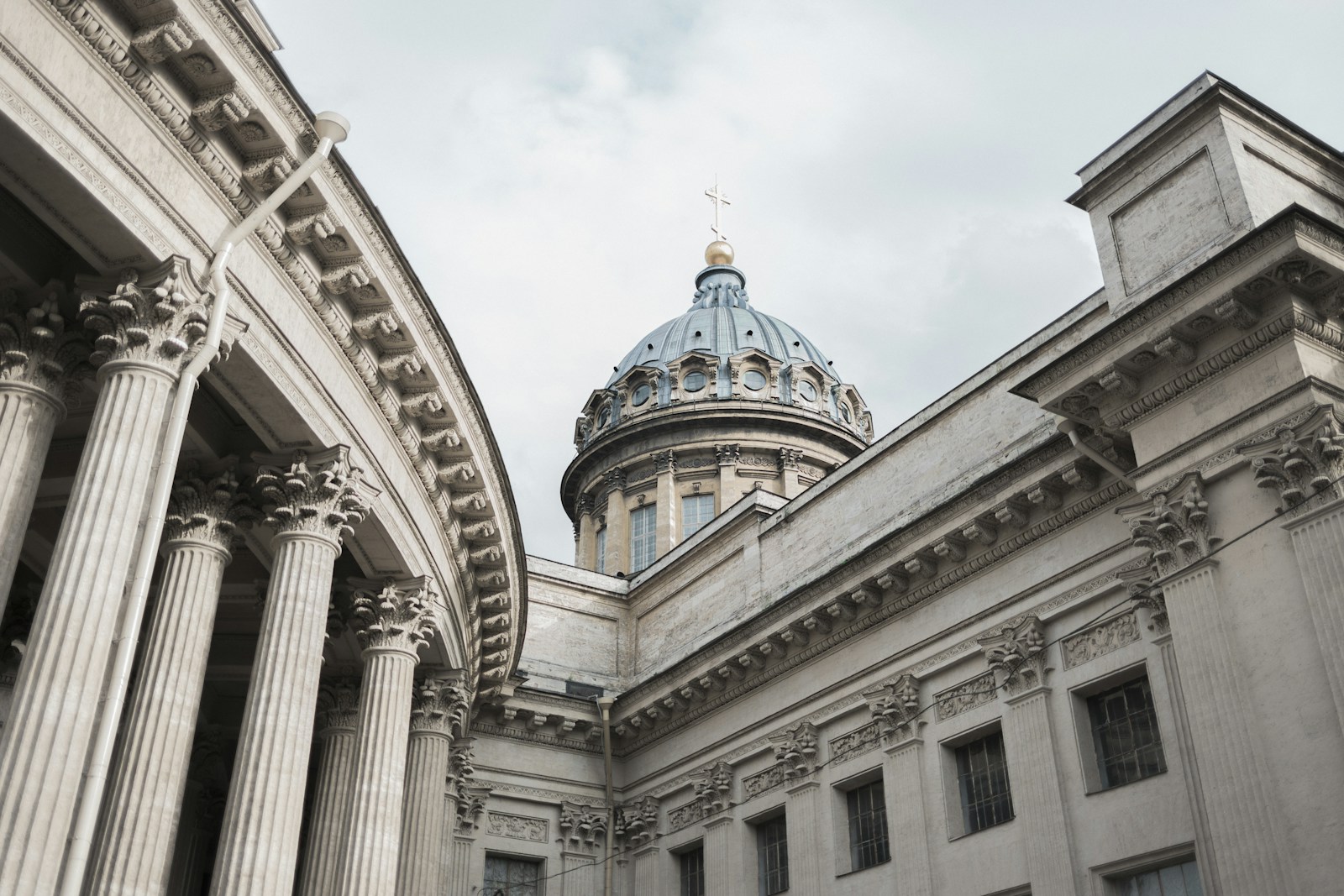
cúpula

dome
The Spanish word 'cúpula' translates to 'dome' in English. It is often used to refer to the roof of a building, especially one that is round or hemispherical in shape. 'Cúpula' can also more broadly refer to anything that is dome-shaped or resembles a dome. Furthermore, in a metaphorical sense, it can be used to describe a group of high-ranking officials or leaders in a particular organization or field. In both the literal and metaphorical senses, 'cúpula' often implies a sense of grandeur and authority.
Example sentences using: cúpula
La cúpula de la iglesia es muy grande.

The church's dome is very large.
This sentence is straightforward, it describes a physical attribute, the size of the church's dome. In Spanish, 'La' is the definite article, 'cúpula' is the noun (dome), 'de la iglesia' is a possessive construct (of the church), 'es' (is) the verb 'to be', and 'muy grande' is the adjective phrase (very large).
Él está pintando la cúpula.

He is painting the dome.
In this sentence, it is stated that 'he' is performing the action of painting a dome. 'Él' is the Spanish pronoun for 'he', 'está pintando' is the present continuous tense of the verb 'pintar', meaning 'is painting', 'la' is the definite article, and 'cúpula' is the word for dome.
La cúpula del Capitolio es un símbolo reconocido.

The Capitol's dome is a recognized symbol.
This sentence refers to an iconic structure, the dome of the Capitol building. 'La cúpula del Capitolio' is a possessive construction (the dome of the Capitol), 'es' is the verb 'to be', and 'un símbolo reconocido' (a recognized symbol) is the predicative phrase, expressing the significance or symbolic meaning of the Capitol's dome.